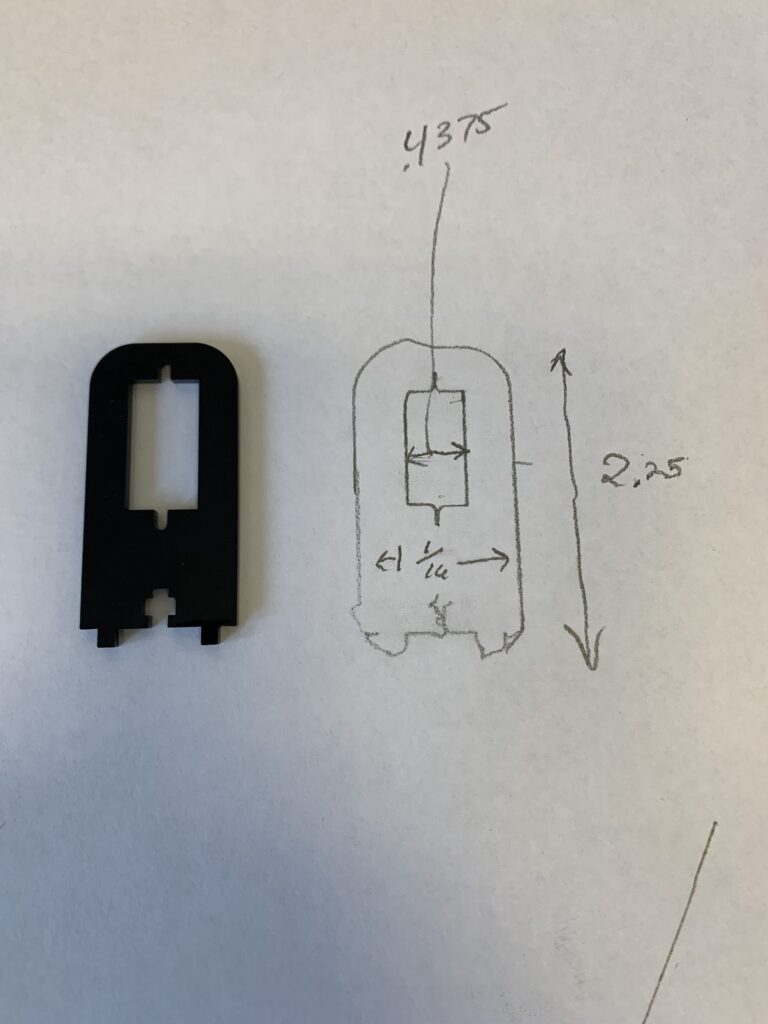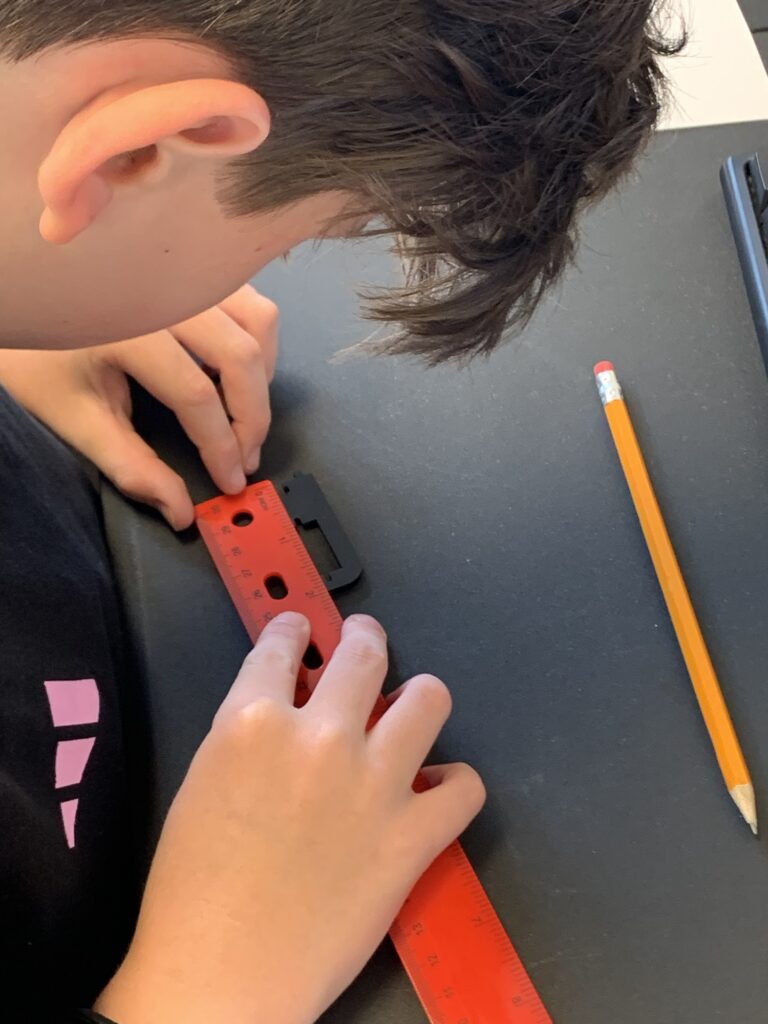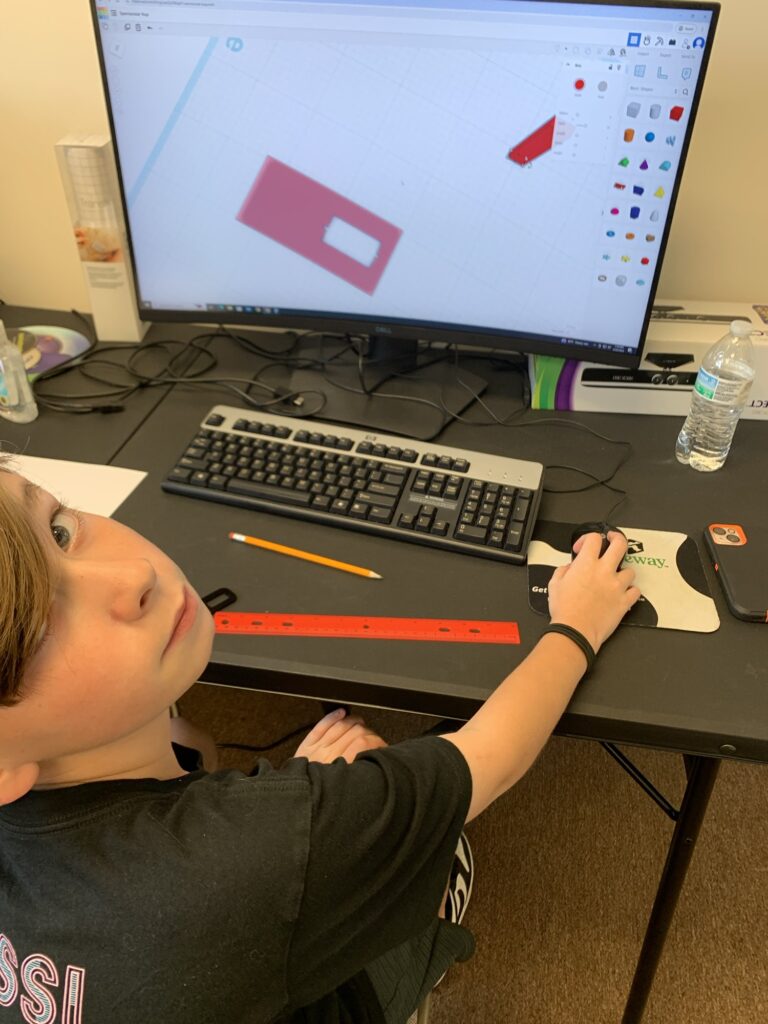Early exposure to 3D visualization can significantly increase retention in the classroom due to several key reasons:
- Engagement: 3D visualization captures students’ attention and engages them in the learning process. When students are actively involved in visually exploring 3D models, they are more likely to stay focused and interested, leading to better retention of information.
- Multi-Sensory Learning: 3D visualization provides a multi-sensory learning experience by combining visual, auditory, and sometimes tactile elements. This multi-sensory approach enhances memory retention as it caters to different learning styles and reinforces concepts through multiple channels.
- Spatial Understanding: 3D visualization helps students develop a better understanding of spatial relationships, proportions, and dimensions. This deeper understanding improves retention as students can mentally manipulate and interact with 3D objects, leading to stronger conceptual grasp.
- Contextual Learning: 3D models can be used to create real-world contexts for learning. For example, in subjects like biology or geography, 3D models of cells or geographical features provide a tangible representation that students can relate to, making the information more memorable and easier to retain.
- Interactive Exploration: Interactive 3D visualization tools allow students to explore concepts at their own pace and in a hands-on manner. This active exploration promotes deeper learning and retention compared to passive learning methods.
- Conceptual Clarity: Complex concepts become clearer through 3D visualization. Students can see how abstract ideas translate into tangible objects or structures, which reduces confusion and aids in long-term retention of the underlying concepts.
- Application to Real-World Scenarios: By visualizing concepts in 3D, students can better understand how these concepts apply to real-world scenarios. This practical connection enhances retention by providing meaningful context and relevance to their learning.

Overall, early exposure to 3D visualization not only increases retention but also promotes deeper understanding, critical thinking, and a more holistic approach to learning by integrating visual and interactive elements into the educational experience.

